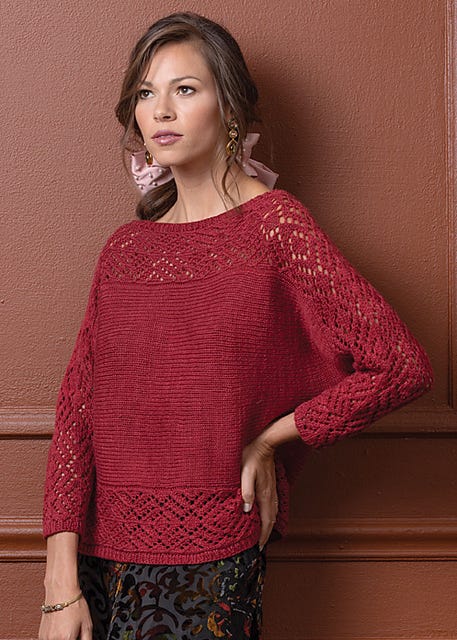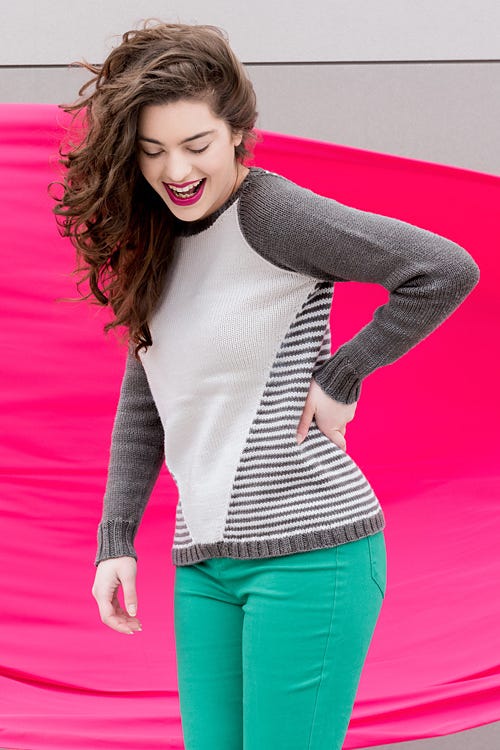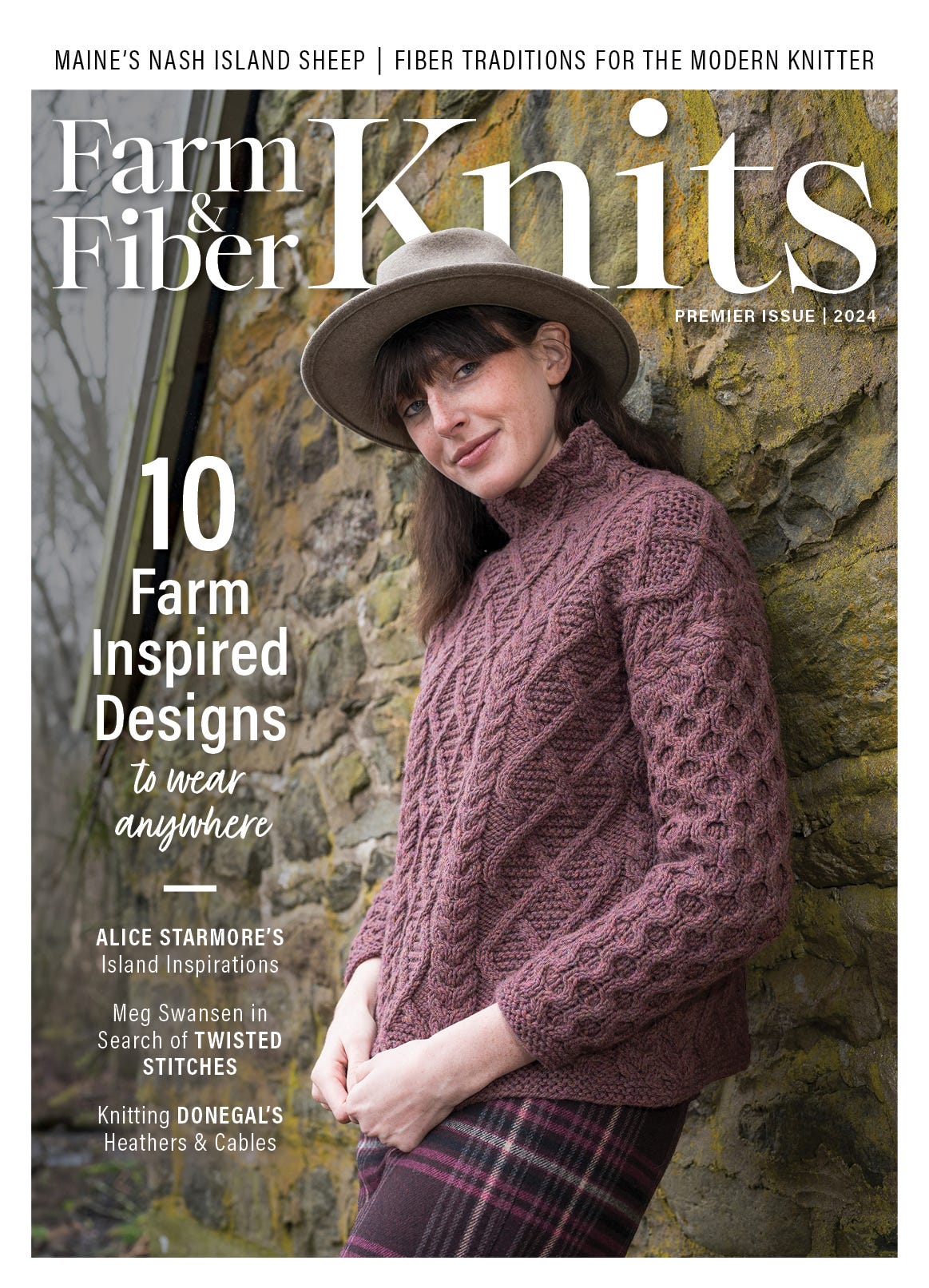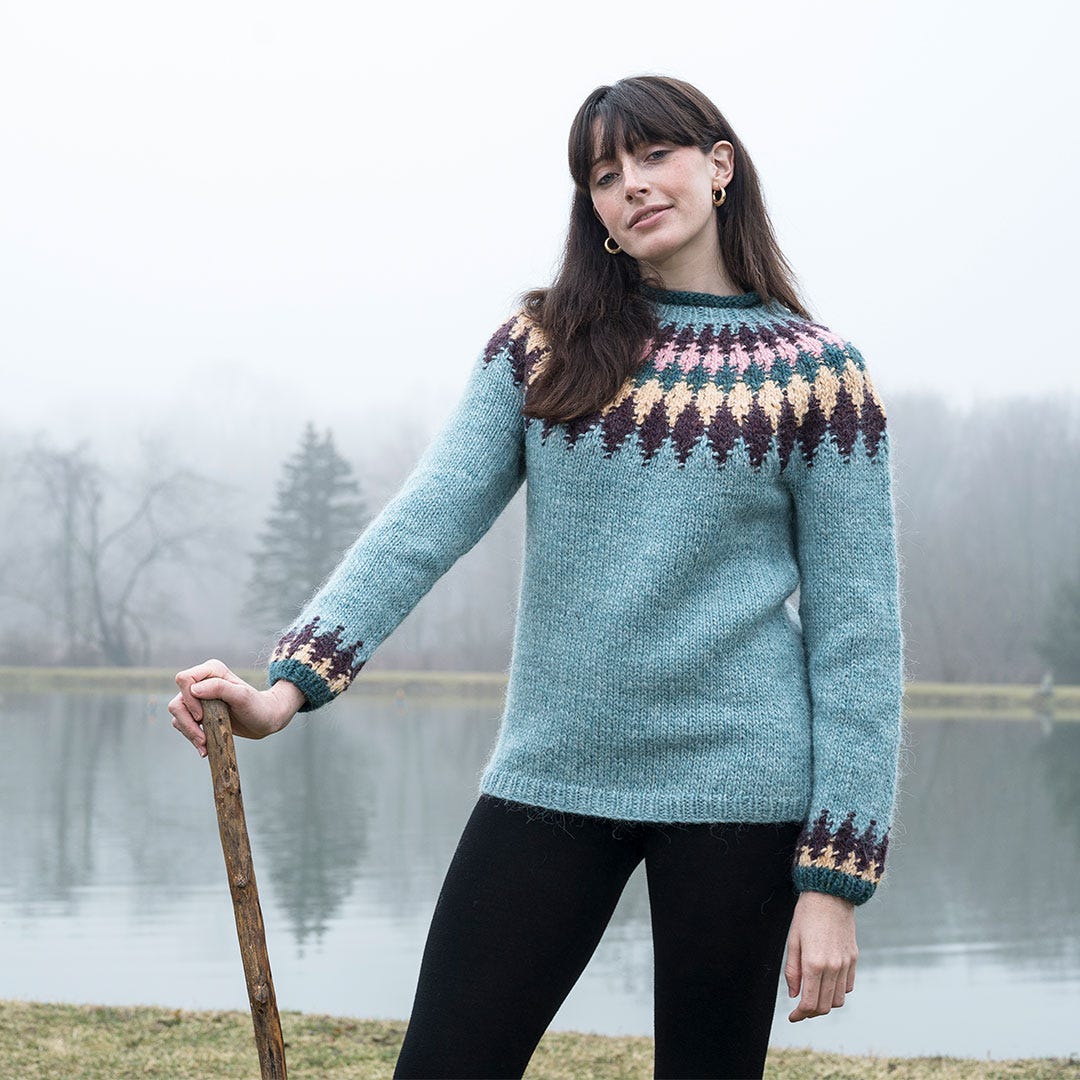From Sample to Published Pattern
Part 3 of how the Sausage is Made
This is part 3 of our series on how a designer works with a magazine or yarn company to publish knitting patterns. You can read Part 1, about the proposal, selection, and contracting process, here. You can read Part 2, about creating the sample and writing the pattern, here.

This week, I'm writing about all the work that happens on the publisher's side of this equation.
Technical Editing
Some publishers have a technical editor on staff; others use freelance tech editors (like me!). Whether in-house or freelance, the tech editor is usually the first stop for a new pattern.
The tech editor is responsible for making sure the pattern works. They ensure the written instructions match the sample. They double check all the math for all the sizes. They make sure the pattern language is consistent, both within the pattern and with the publisher's style guide. They check to see that every abbreviation is clearly defined. They clarify any instruction that is ambiguous or confusing. They check every chart and schematic for accuracy.
Tech editing a knitting pattern can take anywhere from 30 minutes for a simple hat to 12 hours or more for a complex sweater with lots of charts graded to nine or ten sizes.
Any designer who thinks they don't need a tech editor is fooling themself. Everyone is human and everyone makes mistakes, from simple typos to forgetting to include part of the instructions. A fresh eye will spot opportunities to improve the pattern which the designer, who has been immersed in the design for weeks, simply can't see.
Photography

Great photos sell knitting patterns. The right photographer, model, styling and location can make even a mediocre sweater look drool-worthy.
Knitting pattern photography is a strange hybrid. We want to see beautiful, aspirational images like those in fashion magazines, but we also want to see close-ups of stitch patterns, interesting edge finishes, and unusual construction details. A professional photographer experienced in shooting hand-knits is worth their weight in gold. They produce images that you or I with our iPhones can only dream of.
When a publisher is working on a magazine issue or a seasonal collection, photo shoot planning happens well before the samples are complete. They must book a studio or arrange a location. They book a photographer, models, a hair-and-makeup stylist, and perhaps a fashion stylist (all of whom are paid by the day). They might need to build sets or buy props, depending on the story they wish to tell. If they haven't hired a fashion stylist, they must determine what clothing and accessories will be worn with each knitted piece.
If all goes well, it is entirely possible to take photos of 12–16 projects in a one-day shoot. If multiple locations, full wardrobe changes, hair re-stylings, or set changes are required, that number will drop considerably.
Tip: If you're a designer, be sure to mark your sample to indicate back and front. What is obvious to you might not be obvious to someone unfamiliar with your intent. Pin a tag to the sweater that says, "center back". A photo shoot can be like a 3-ring circus, and there may not be a knitter on set to make sure the garment is worn correctly. There have been several occasions where pullovers I designed were photographed on the model backwards (I could tell by looking for the front neck shaping). Once, a heavily cabled sweater was photographed inside-out. Yes, really. By the time the designer sees the photos, it's too late to re-shoot.
After the shoot, the photographer gets busy retouching and color correcting the images, while the stylist might spend a day returning wardrobe.
Layout
The graphic designer brings the edited pattern, technical drawings, and photographs together into the pattern you will see on the page or on your screen. The graphic designers I've worked with use Adobe InDesign to create a template that reflects the brand's standard identify and format.
It's a bit of jigsaw puzzle to fit all the pieces together in a way that is not only aesthetically pleasing but supports the knitter in working with the pattern. I like to see the schematic near the beginning, since it helps me decide which size I'm going to make. I like to see detail photos near the written instructions for that detail. For example, if a shawl has a fancy scalloped border, I want a close-up photo of that border on the same page as the instructions.
Proofread and Review

After layout, there are one or more rounds of proofreading and editorial review. Were all the charts included, and are they in the right places? Is all the spacing and punctuation correct? Are all the proper names spelled correctly? Is there is distracting curl or stray bit of fluff that should be removed from the photos?
When Does the Designer See the Pattern Again?
This depends on the publisher. Some publishers ask the designer to review the pattern after tech editing. Others include the designer in the final rounds of editorial review. For some publishers I work with, I never see the final pattern. And frankly, that's OK with me. If the publisher is taking responsibility for answering customer questions (and dealing with errors), then I don't need to review the pattern before it's published.
In the final installment of this series, I'll talk about self-publishing vs working with magazines and yarn companies. As a designer, I'll discuss the pros and cons of each. Watch this space!
If you have questions, let me know in the comments!
This has been a hard year for knitting magazines. Over the past 12 months, Vogue Knitting, Interweave Knits, and Pom Pom have all stopped publishing print editions. But there is a new knitting magazine in town: Farm & Fiber Knits.
While Farm & Fiber Knits has been publishing digital articles and patterns since August 2023, this is their first magazine issue. I just received my digital copy today, and it's gorgeous. I can't wait to get my hands on the print version.
Instead of following trends, Farm & Fiber Knits is focused on telling the stories that connect knitters with the people and animals that make their yarn. The premier issue includes 10 patterns for timeless designs (including a Lopi sweater I'm going to try to find time to knit). There are articles from Meg Swanson, Alice Starmore, Gudrun Johnson, and more.
Full disclosure: I contributed a brief article to this magazine, along with tech editing a couple of the patterns. I've also written articles for Farm & Fiber Knits digital publication.
What does it take to launch a new print publication at a time when others are shutting down? Courage, optimism, and a burning desire to serve this community of knitters. Long Thread Media, the publisher of Farm & Fiber Knits, is the company that brings us Spin Off, Handwoven, Piecework, and Little Looms. They know us. They are us.
If, like me, you want to stand up and applaud this venture, ask for Farm & Fiber Knits at your local yarn store and your local bookstore. You can also purchase either the digital magazine or the print magazine here. That's an affiliate link. If you make a purchase through this link, I'll receive a small commission at no additional cost to you.
As always, thanks for granting me a bit of space in your brain this week. Don’t forget to leave a comment—I love questions, kudos, on-the-other-hands, and backtalk.





Thanks for the info, Sandi. I always wondered how patterns were double-checked. I imagine it's a lot of work with complex patterns. I just downloaded my digital copy of Farm & Fiber Knits. It's gorgeous. I can't wait to get the print issue. I have a question about swatches. I often hesitate to knit a swatch and then wash it because I don't know if it will take up too much of the yarn I need for the pattern. When you decide on a pattern to knit, do you order an extra skein so you can knit and wash a swatch? I usually order kits these days, and sometimes I'll have a bit of yarn left over but not as much as I'd want to fully check my gauge.
Thank you for sharing details of the pattern publication process. That tip about marking back and front of knits is a valuable one !